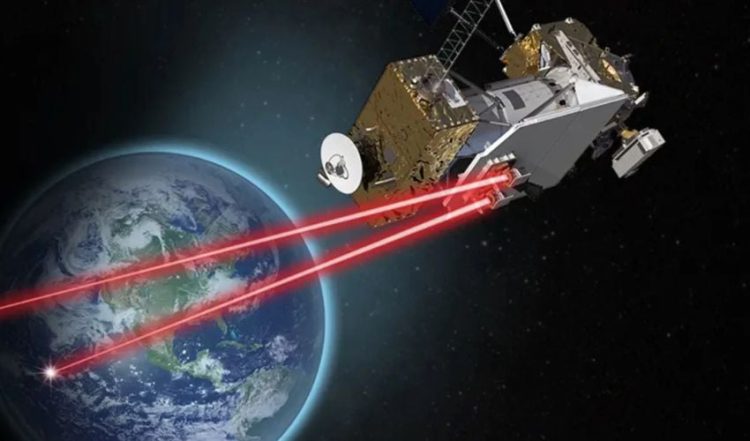Chinese scientists have successfully transmitted data from space to Earth at an unprecedented speed of 1 gigabit per second (Gbps) using a low-powered, 2-watt laser—achieving a rate five times faster than SpaceX’s Starlink.
The groundbreaking experiment was led by Professor Wu Jian of Peking University of Posts and Telecommunications and Liu Chao of the Chinese Academy of Sciences.
It deployed a pioneering combination of Adaptive Optics (AO) and Mode Diversity Reception (MDR) to tackle one of the major challenges in laser communication: atmospheric turbulence. This turbulence often scatters laser signals into distorted, unreliable patches by the time they reach ground-based receivers.
Utilizing a 1.8-meter telescope at the Lijiang Observatory in southwest China, researchers successfully received and decoded the laser data stream from a classified satellite stationed 36,705 kilometers above Earth in geostationary orbit. Key to the success was a sophisticated array of 357 micro-mirrors used to reshape incoming light and a cutting-edge multi-plane converter that dynamically selected the most stable signal paths in real time, guided by a specialized chip-based algorithm.
The results, published in the Chinese journal Acta Optica Sinica, showed remarkable improvements in transmission reliability—boosting the success rate from 72% to over 91%.
This milestone builds on China’s previous achievements in laser-based communications. In 2020, the Shijian-20 satellite reportedly achieved a 10Gbps laser downlink, although its technical specifications remain classified. That mission also drew attention due to evasive maneuvers reportedly made in response to U.S. surveillance efforts, highlighting the strategic significance of laser communication technologies.
With competition intensifying in global satellite internet and space-based data infrastructure, this latest Chinese breakthrough positions Beijing at the forefront of next-generation communications technology—potentially far ahead of current low-Earth orbit systems like Starlink.
As countries race to dominate space-based connectivity, laser communication may well define the future of global internet infrastructure and strategic military communication.



































